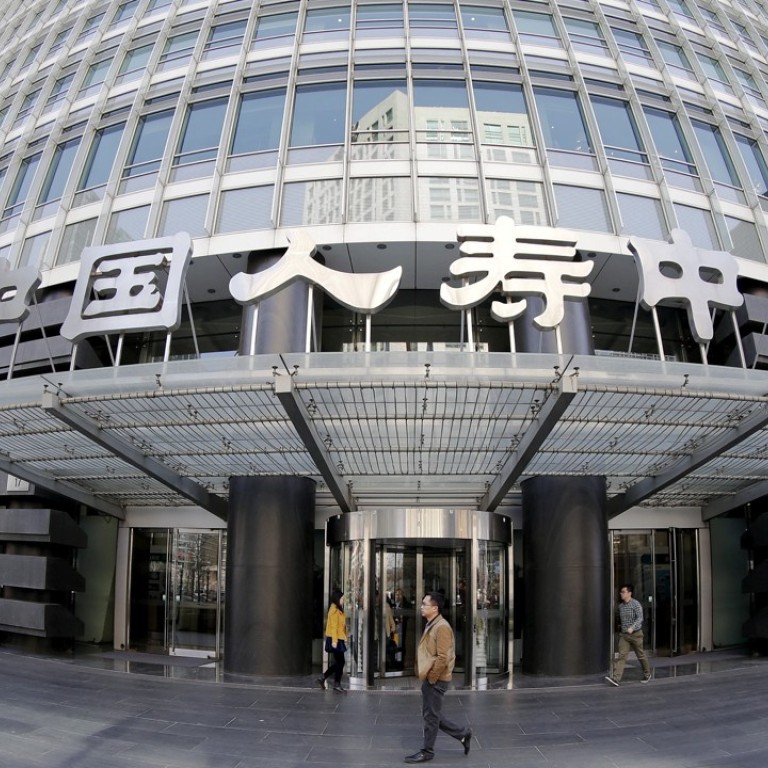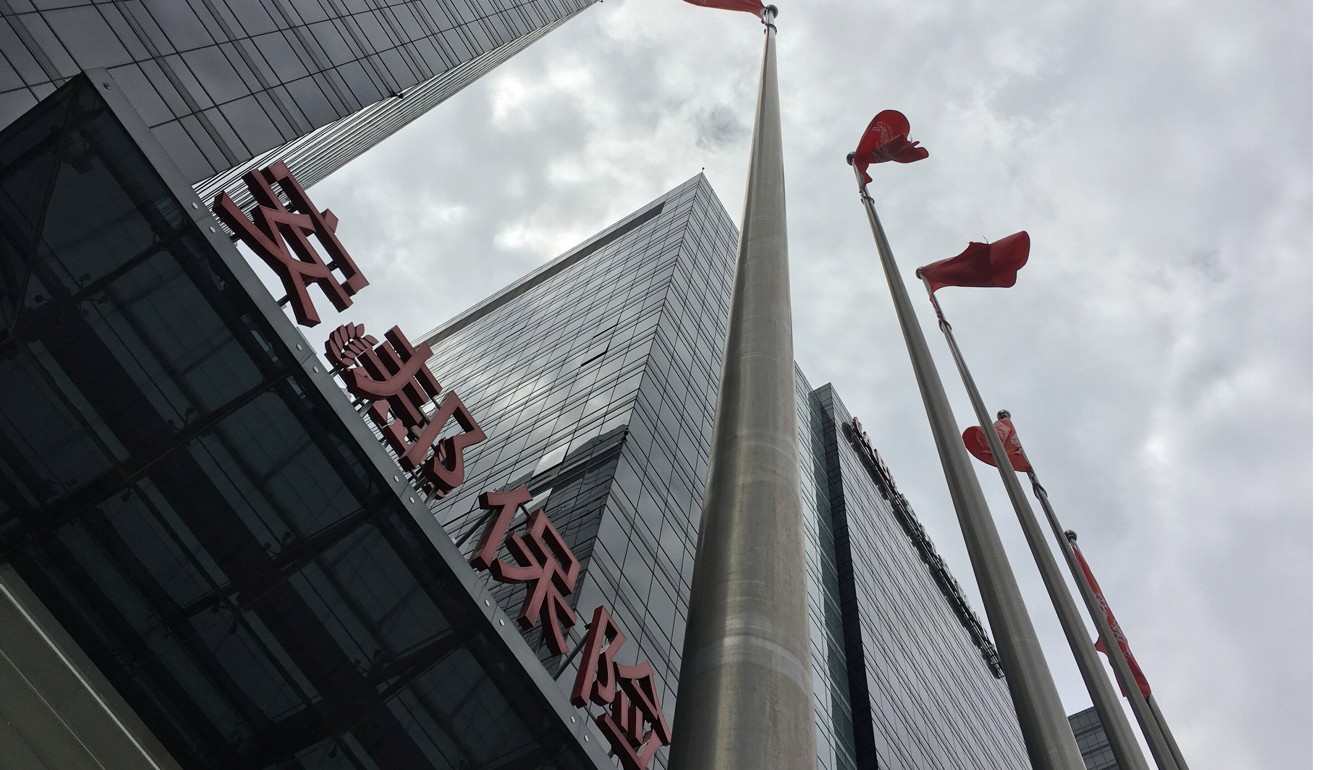
Beijing’s financial crackdown good news for stocks of Chinese insurance companies
Shares of China Life, Ping An and New China Life reach highest levels in 17 months on expectations rising bond yields will boost investment returns
Shareholders of mainland China-listed insurance companies may want to thank policy makers for cracking down on leverage in the financial industry, if share performance is anything to go by.
As regulators clean up banks’ wealth management products, tighten rules on inter-bank lending and increase surveillance of stock manipulation, moves that have sent banking and brokerage stocks down, insurers including China Life Insurance and Ping An Insurance have risen to their highest in at least 17 months in Shanghai trading.
Investors including Hengsheng Asset Management have been buying insurance stocks on optimism that rising debt yields spurred by the ongoing financial deleveraging will boost insurers’ returns from their new bond investments. Haitong Securities forecasts profits for the sector to increase more than 50 per cent next year on better returns from fixed-income products.
“Rising debt yields are helping the value of insurers’ new business,” said Dai Ming, a fund manager at Hengsheng Asset Management, who holds Ping An shares. “The stocks aren’t too expensive yet and there’s still room for insurance stocks to go up further.” He predicts the upside is a further 15 to 20 per cent.
Insurance stocks are one of the few sectors that have shielded investors from a decline in the broader market this year. Ping An has advanced 22 per cent so far this year, China Life 16 per cent and New China Life 17 per cent. The Shanghai Composite Index has erased gains made earlier in the year to post a 1.3 per cent loss so far in 2017, as the liquidity squeeze takes its toll on nearly all asset classes from bonds and equities to commodities.
Even after the yield on 10-year government bonds rose to a two-year high this month, slowing economic recovery, easing inflation expectations and a possible increase in US borrowing costs in June are likely to further drive it up, according to Shanghai Securities. Chinese insurance companies invest about 70 per cent of their assets in debt and bank deposits.
Insurers’ investment returns already gained ground in the first quarter, with China Life and Ping An recording at least 25 per cent returns for the period.
Chinese insurance companies may rise to two times their embedded value, which is the sum of their net assets and the current value of future profits from existing policies, according to Soochow Securities, citing data such as inflection points for interest rates and the sector’s earnings. That implies a 30 per cent gain from current levels of insurance stocks.
Listed insurers, which are the big and leading players in the industry, also benefit from increased regulatory scrutiny. Since the ruling Communist Party removed Xiang Junbo as chief of the industry’s regulator last month as part of an ongoing anti-graft drive, the China Insurance Regulatory Commission has escalated its campaign to guard against aggressive investments, particularly among smaller players.

“All these measures are helping re-direct the industry back to its core and original mission of offering security,” said Hong Jinping, a Hua Chuang Securities analyst, who recommends buying insurance companies. “Big players are not as aggressive as small ones so they are the beneficiaries.”
China contributed to half of the growth in global insurance premiums last year, according to Allianz. Chinese insurance premiums grew 28 per cent last year, their fastest pace since 2008, bolstered by a rapid expansion of life insurance policies, according to official data. First quarter growth accelerated by about 33 per cent from a year earlier to 1.6 trillion yuan (US$232 billion).
“[Insurers’] investment pressure will gradually ease as the assumption of a low interest-rate environment is gone,” said Wang Congyun, an analyst at Shenwan Hongyuan Group.


